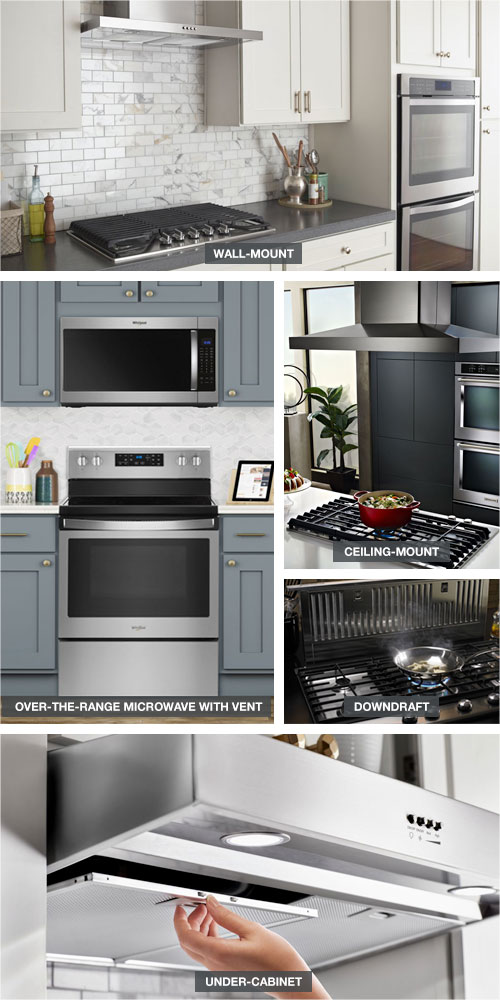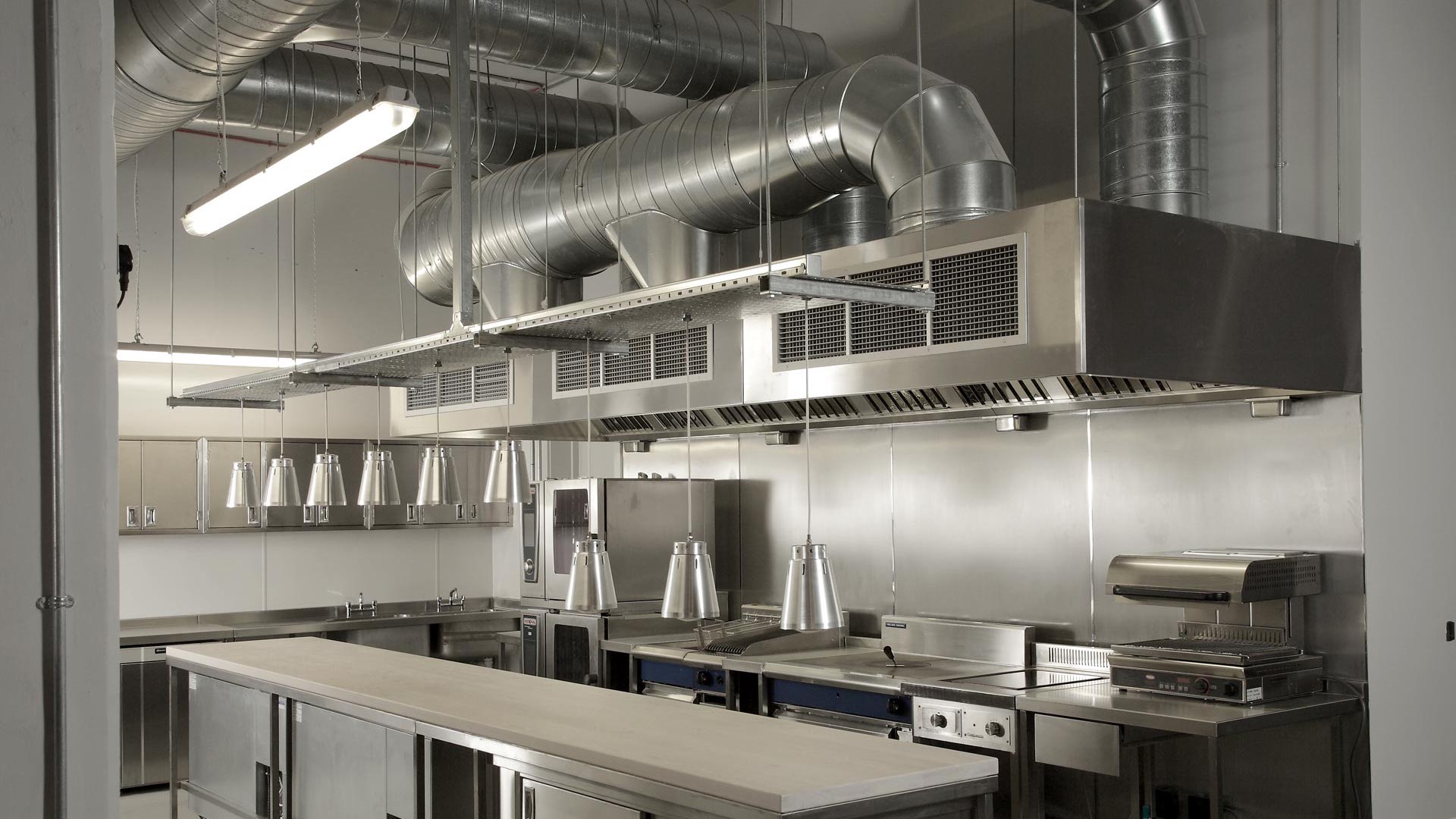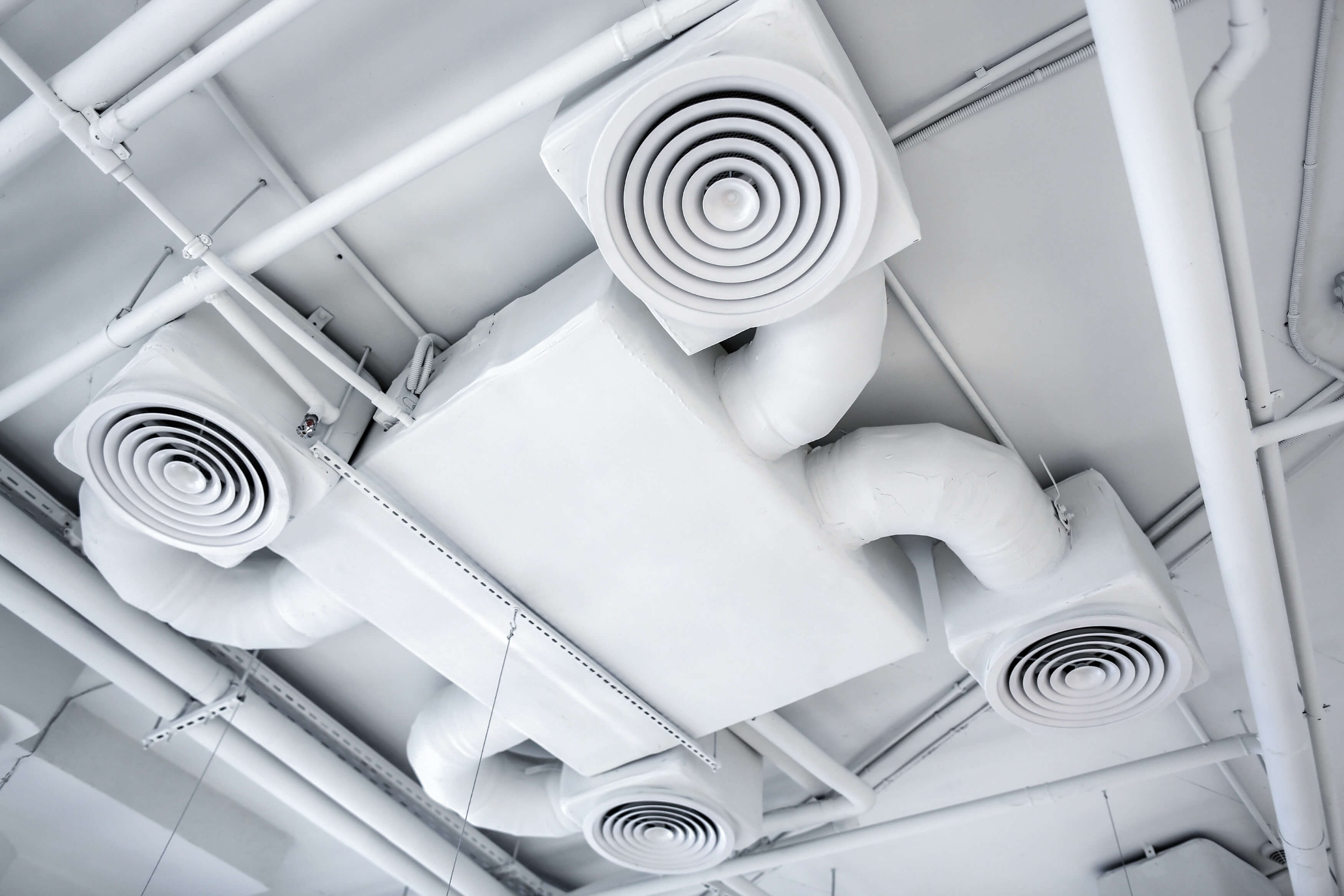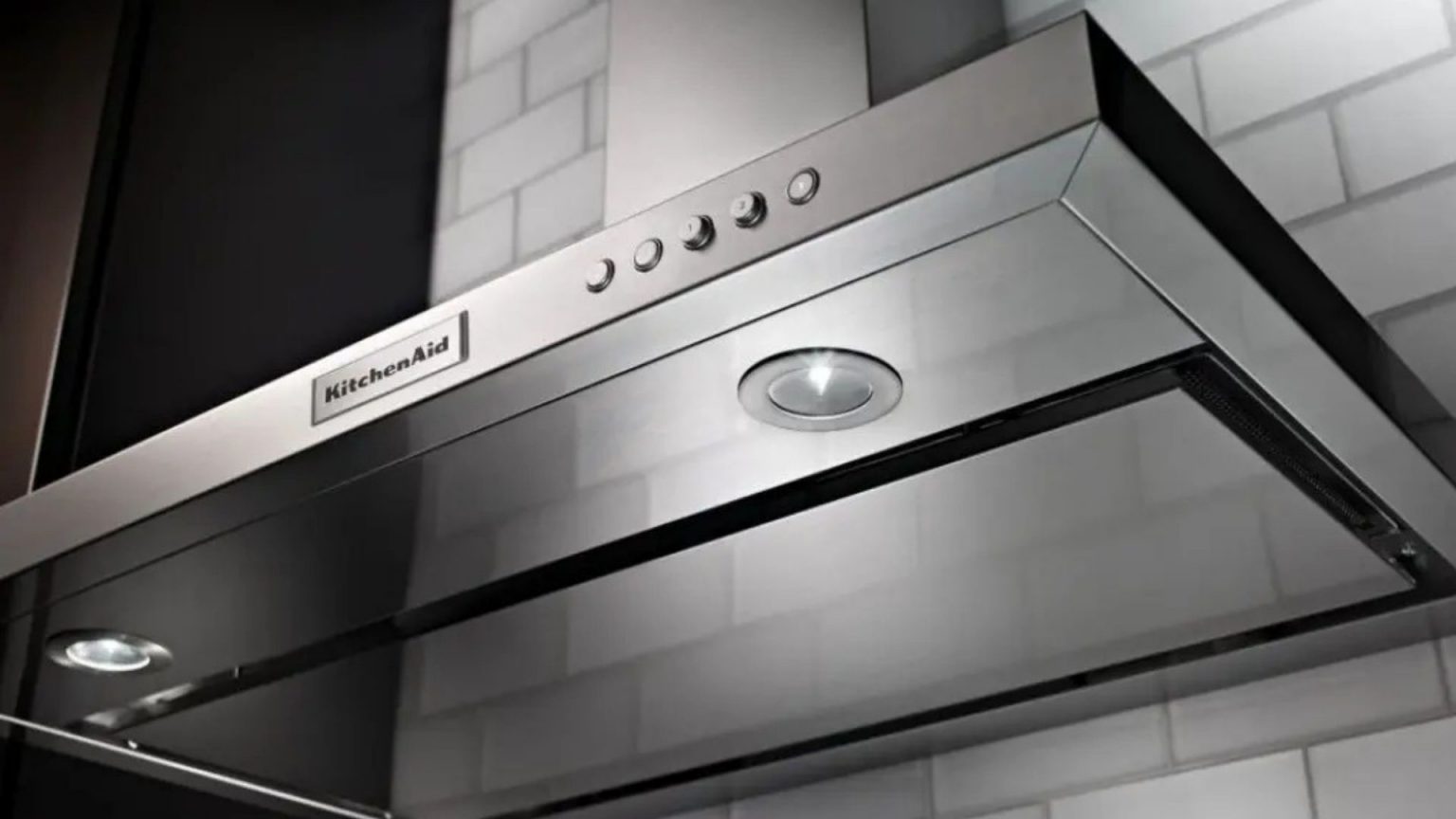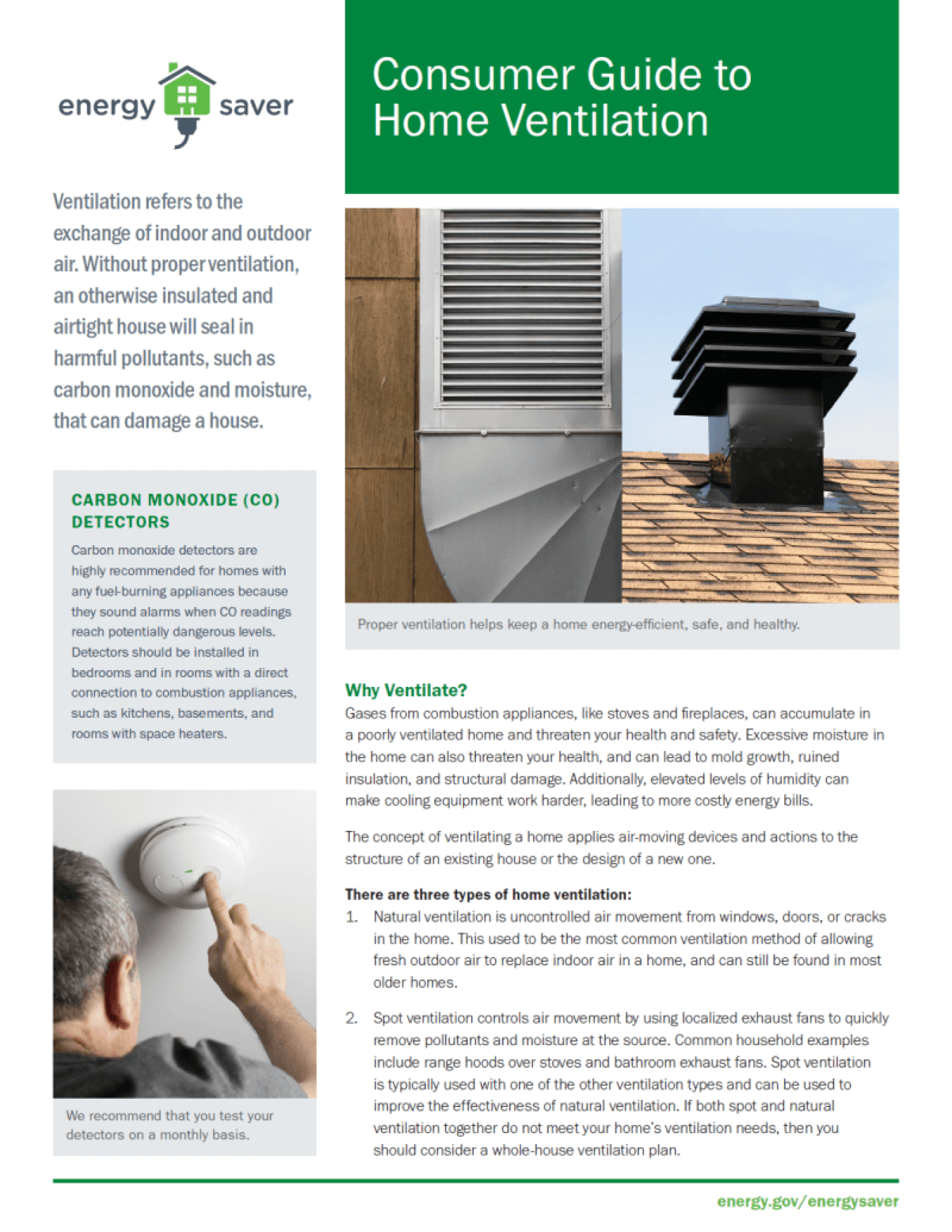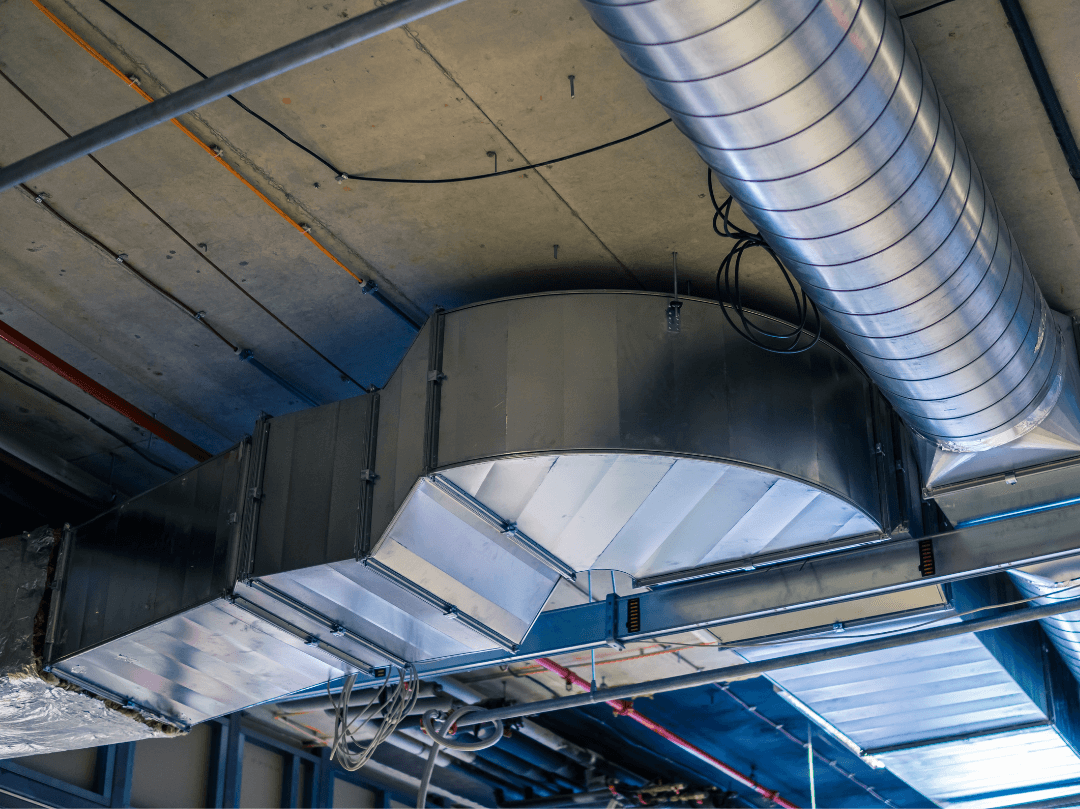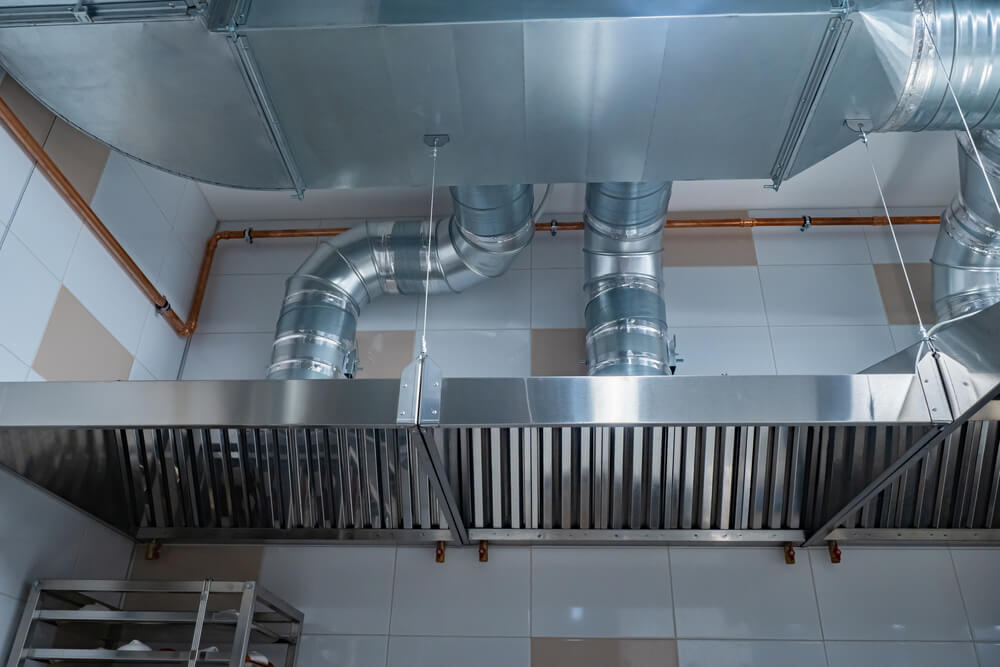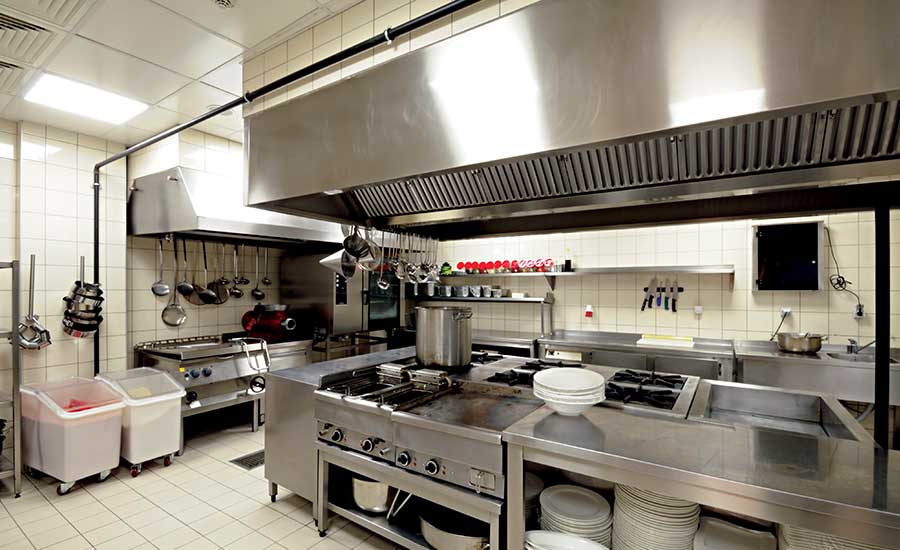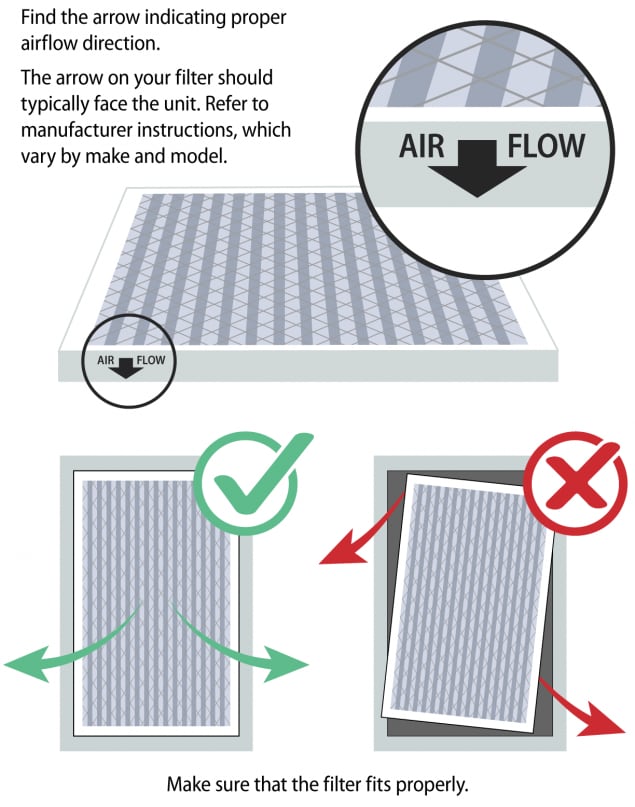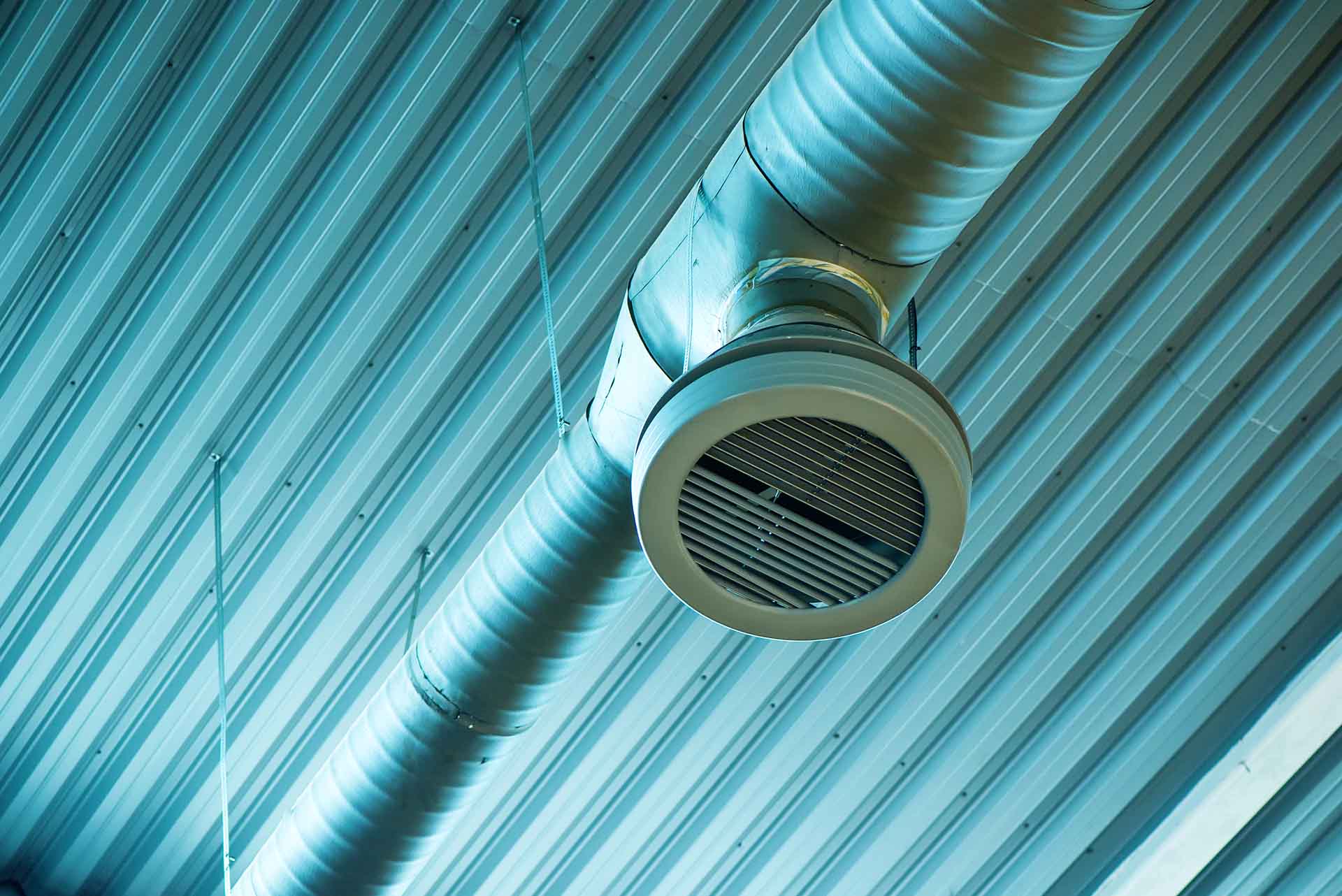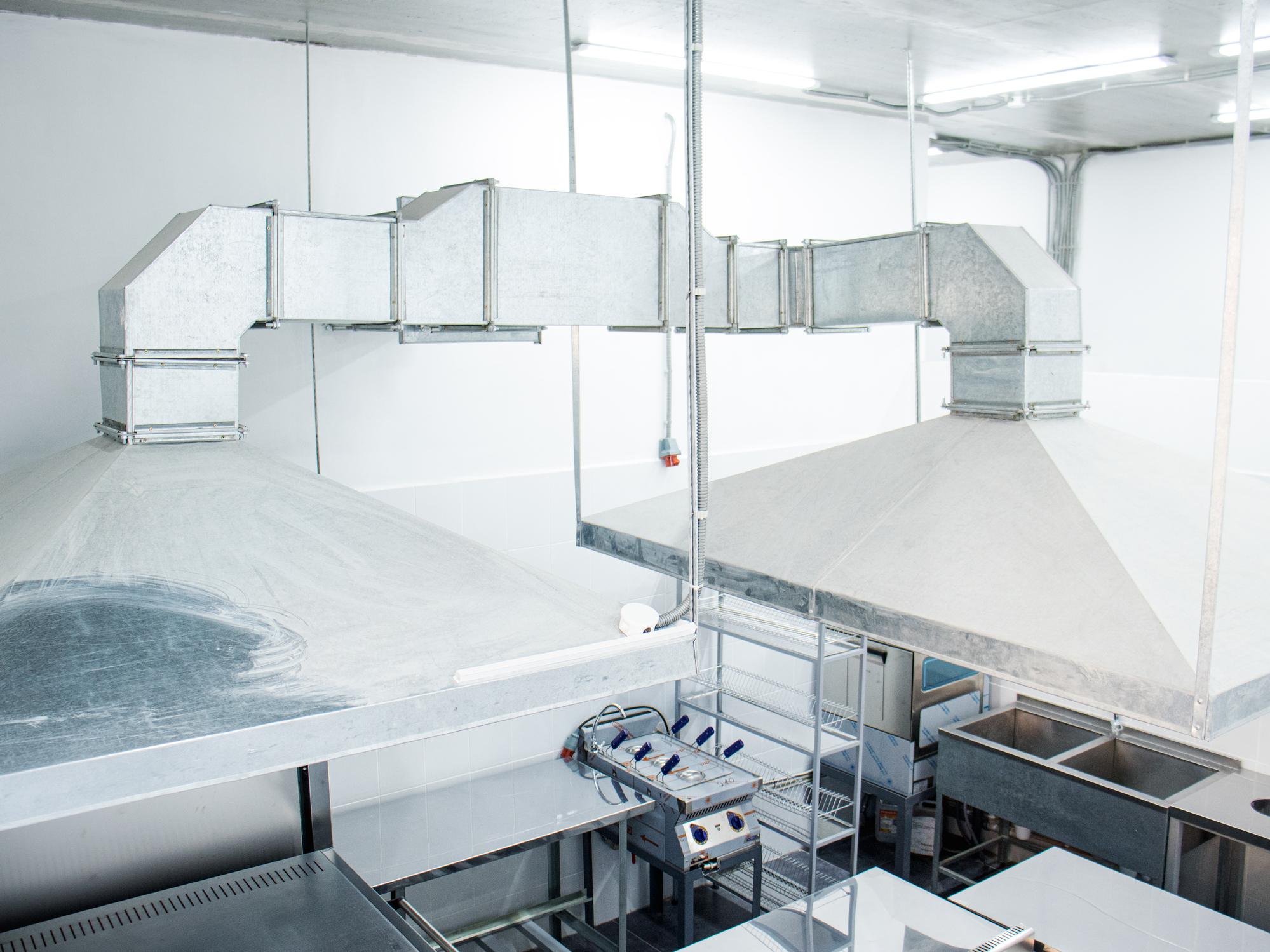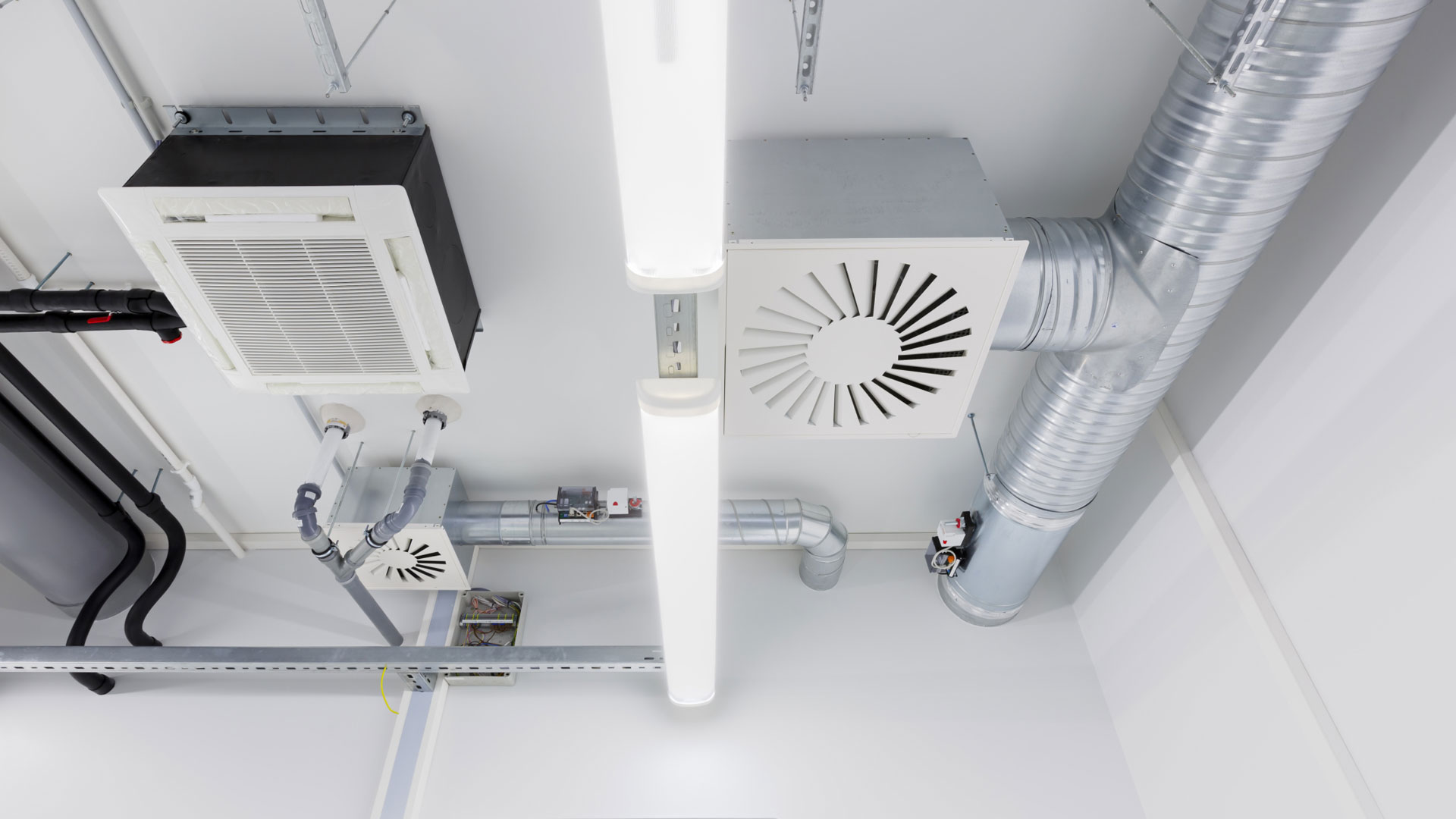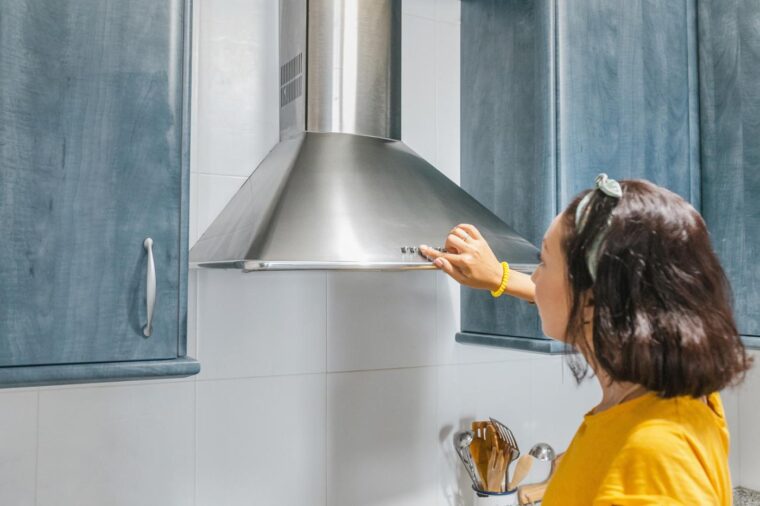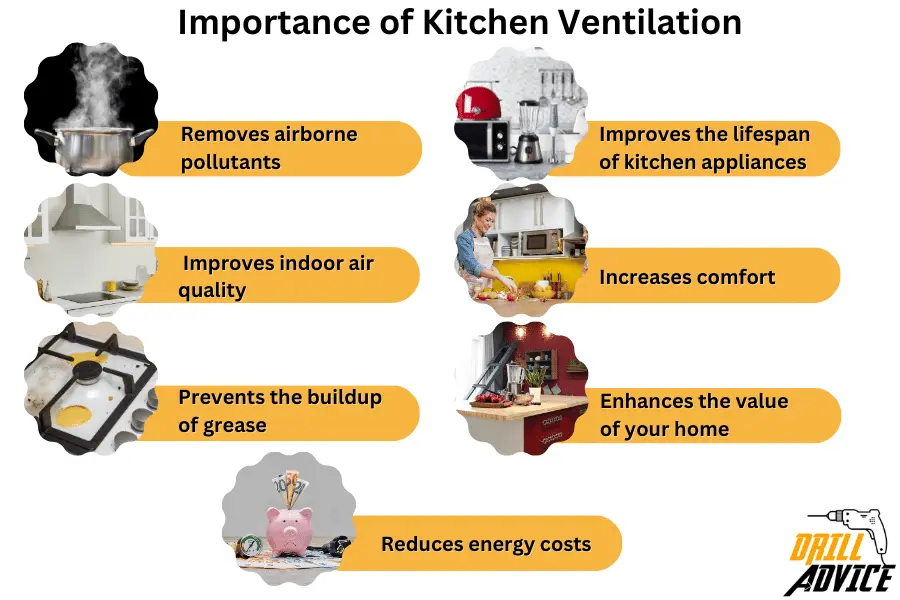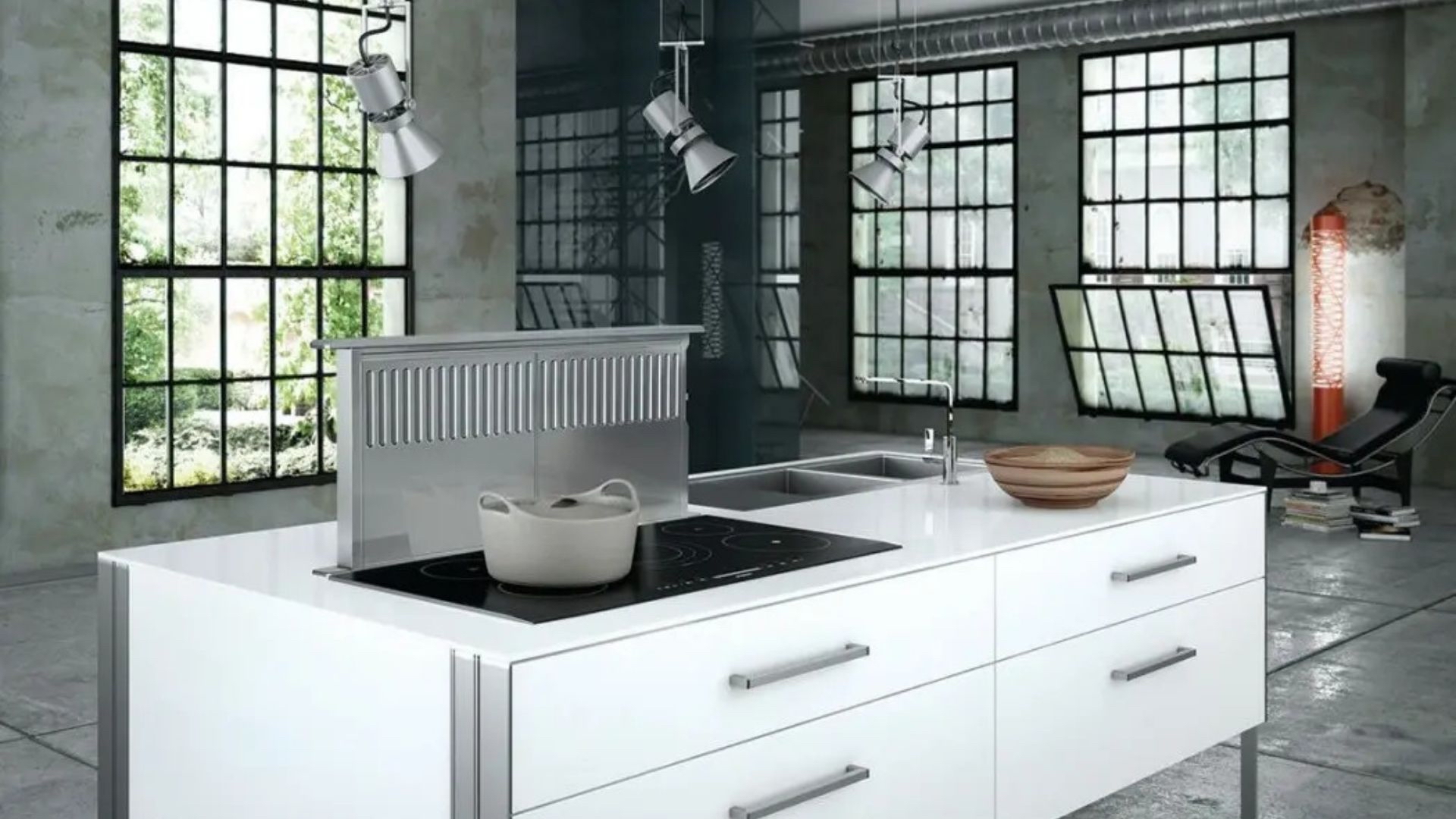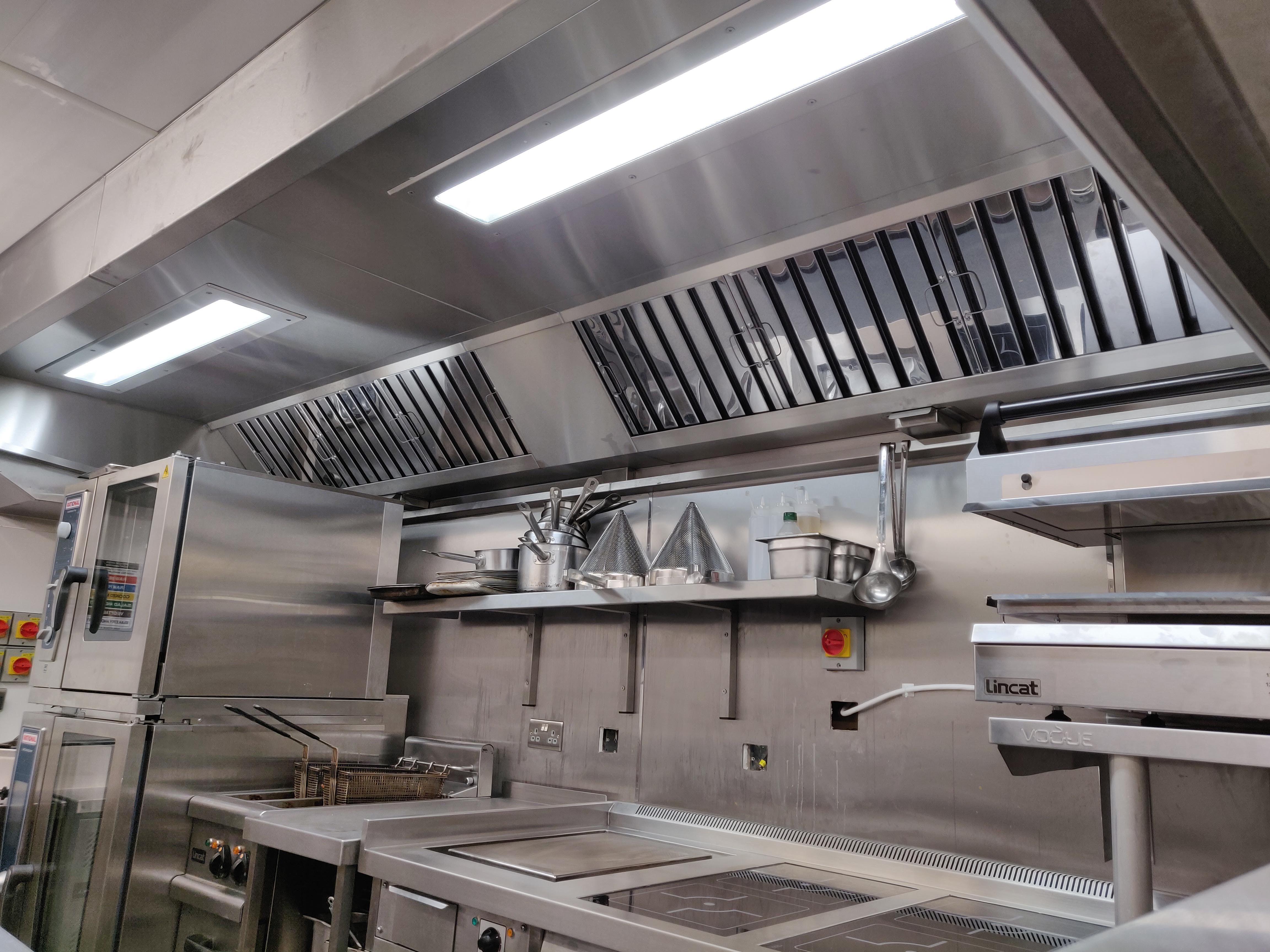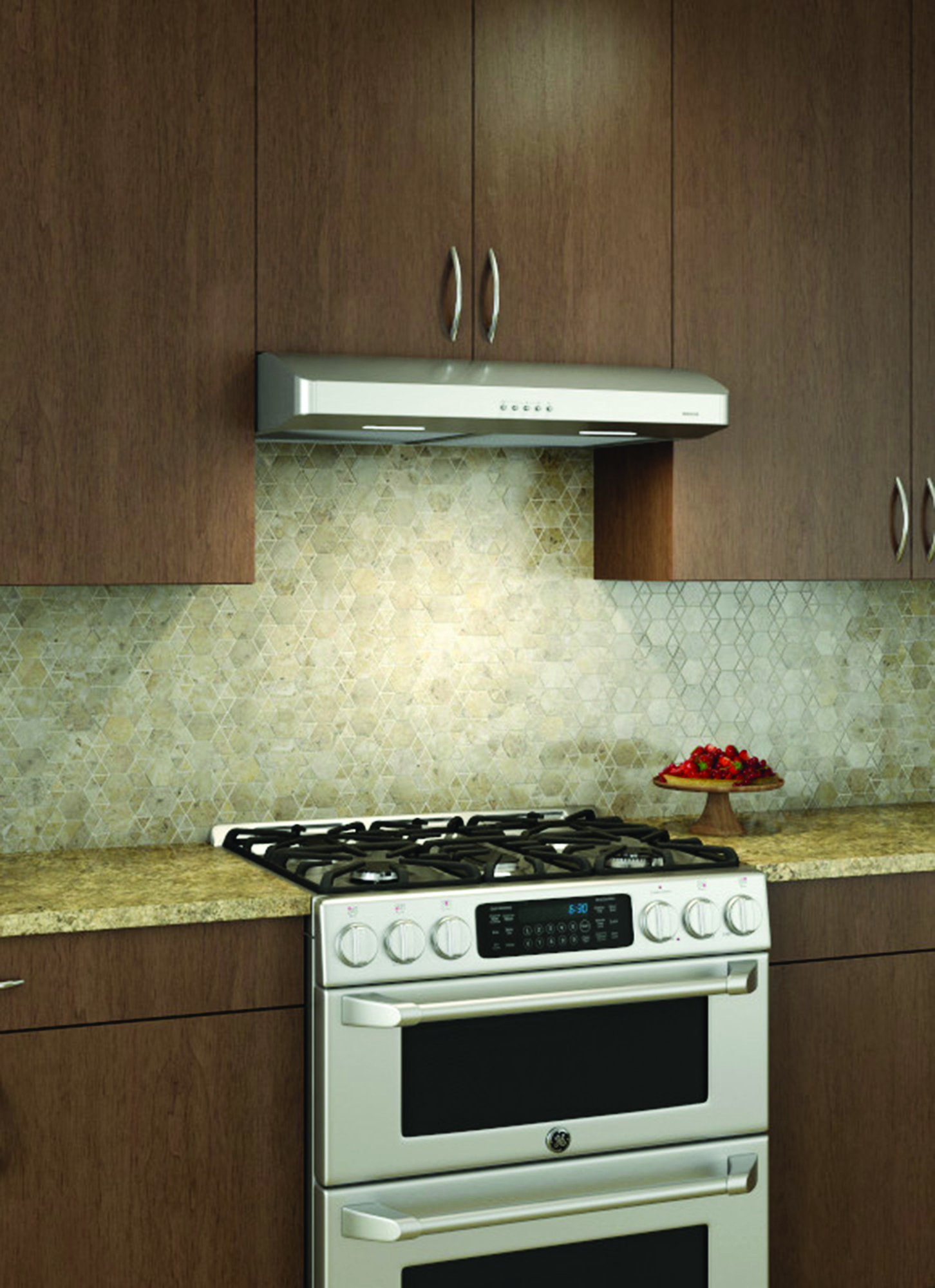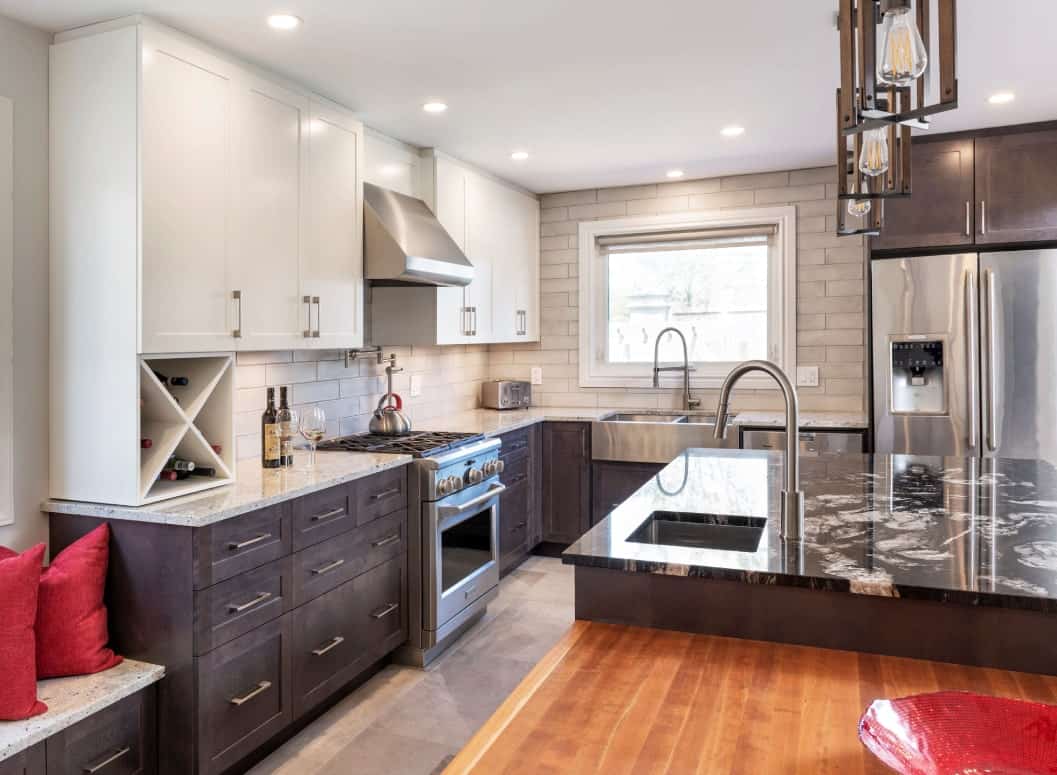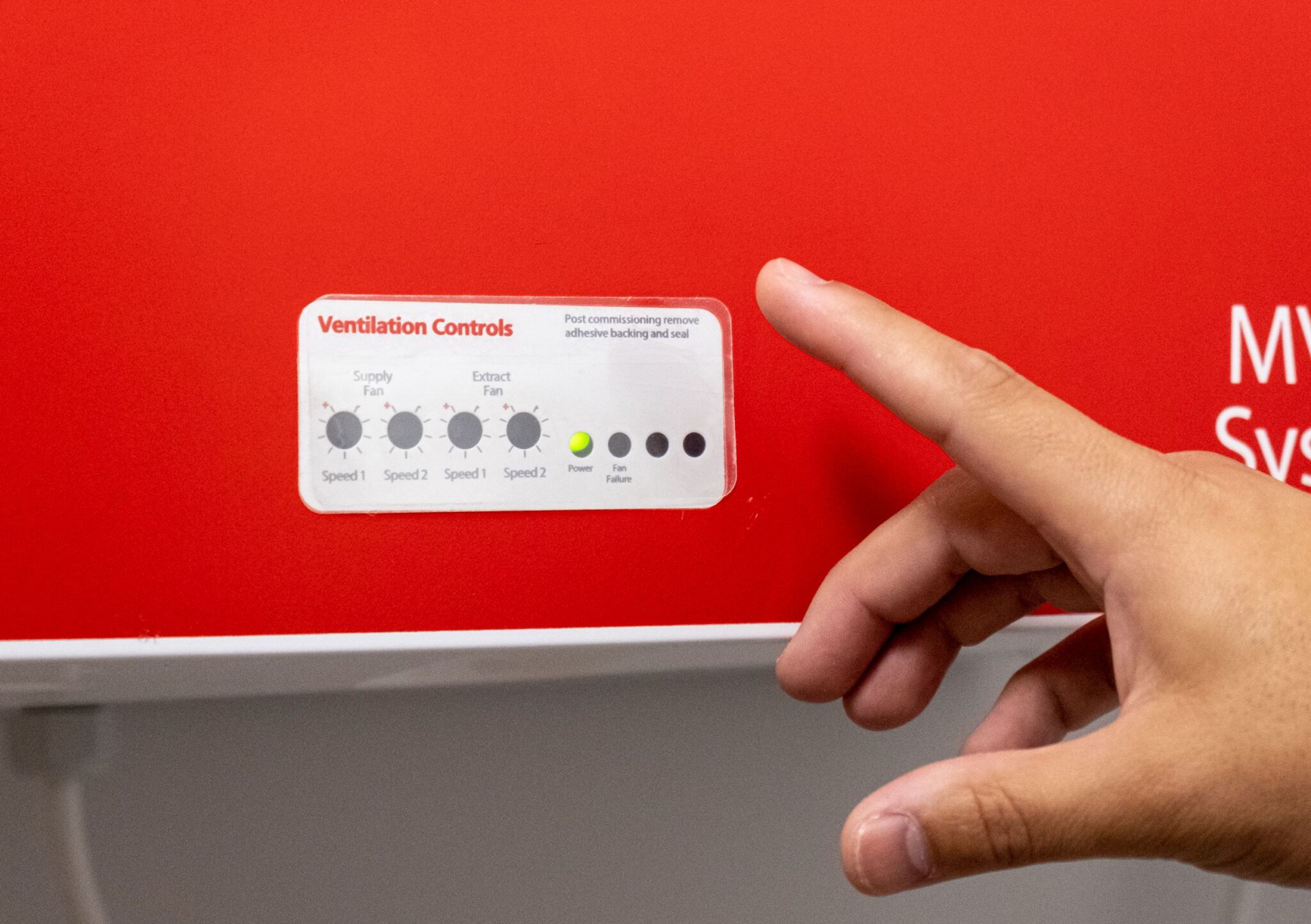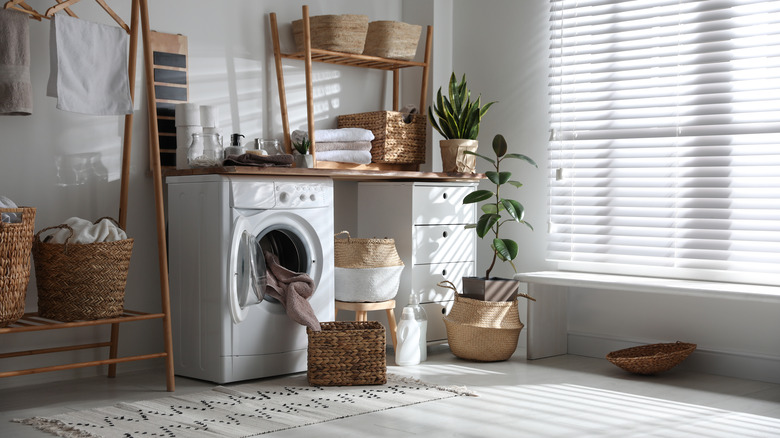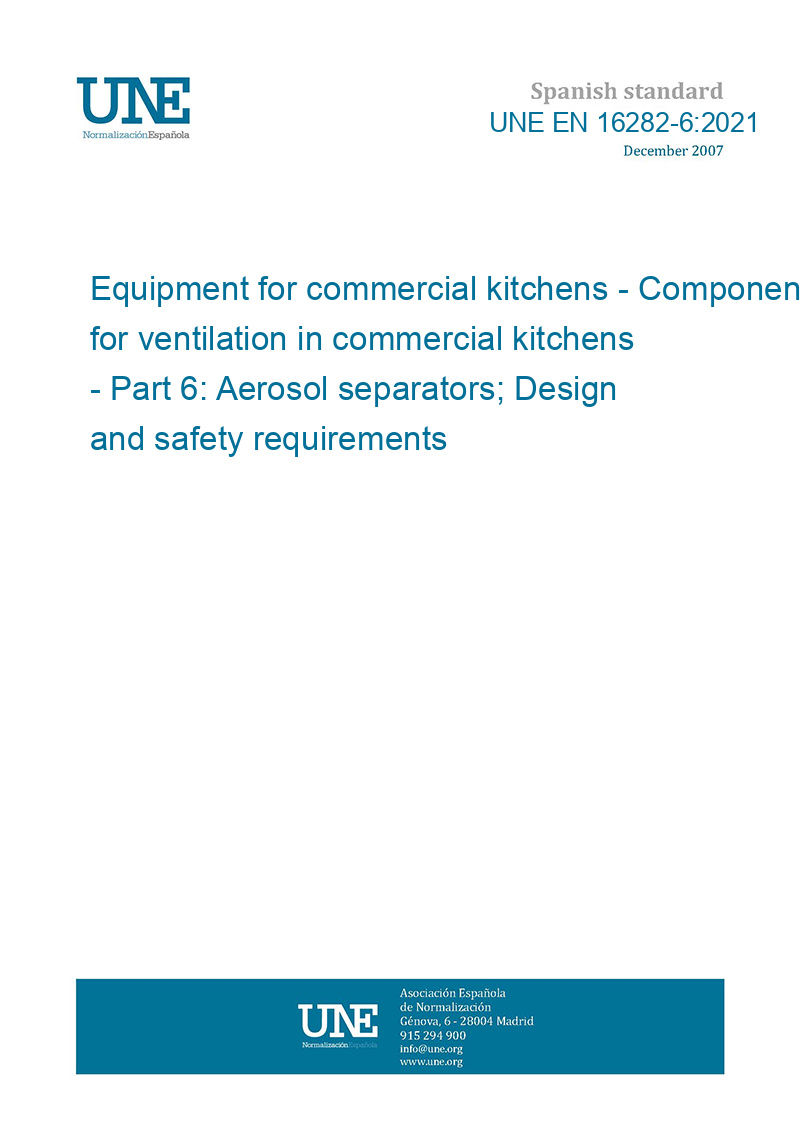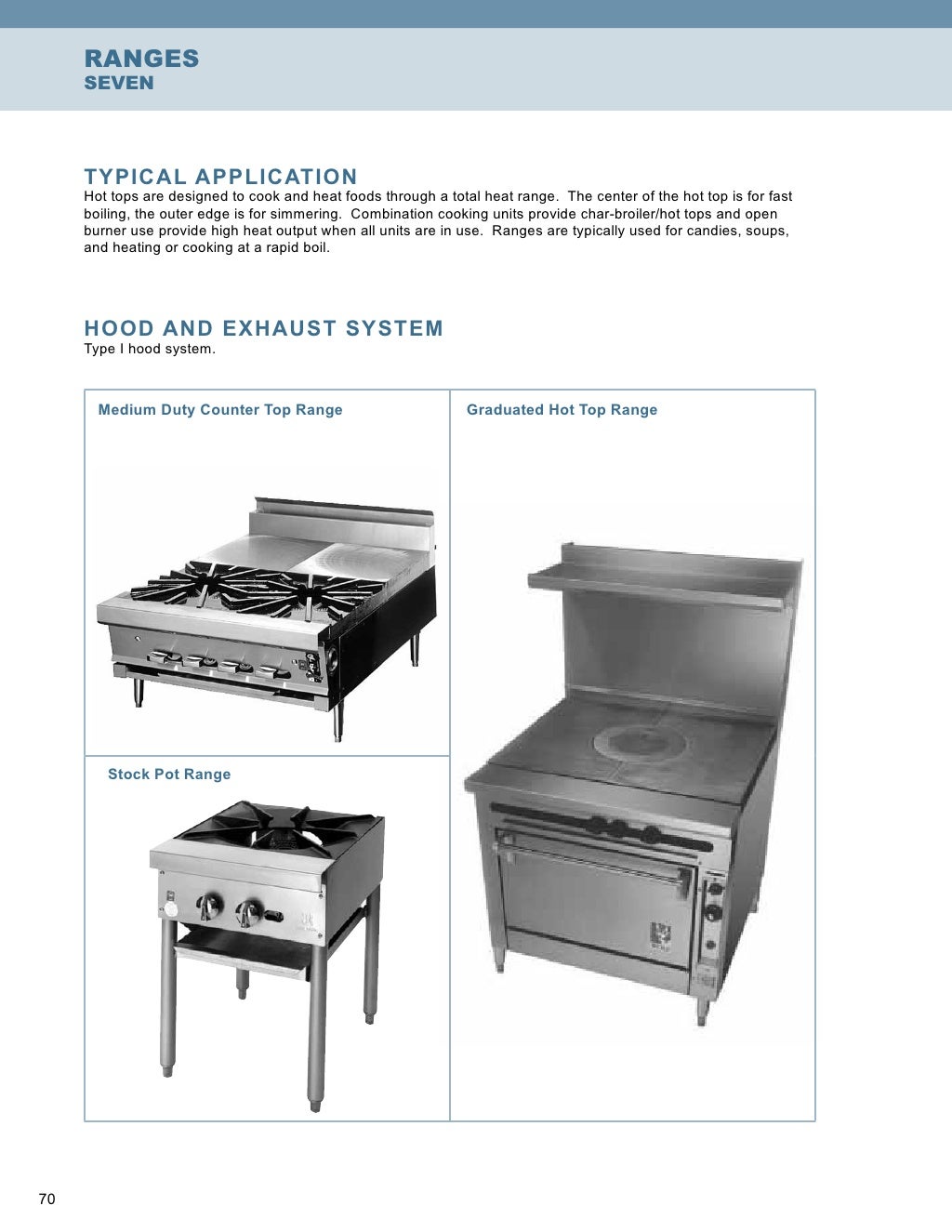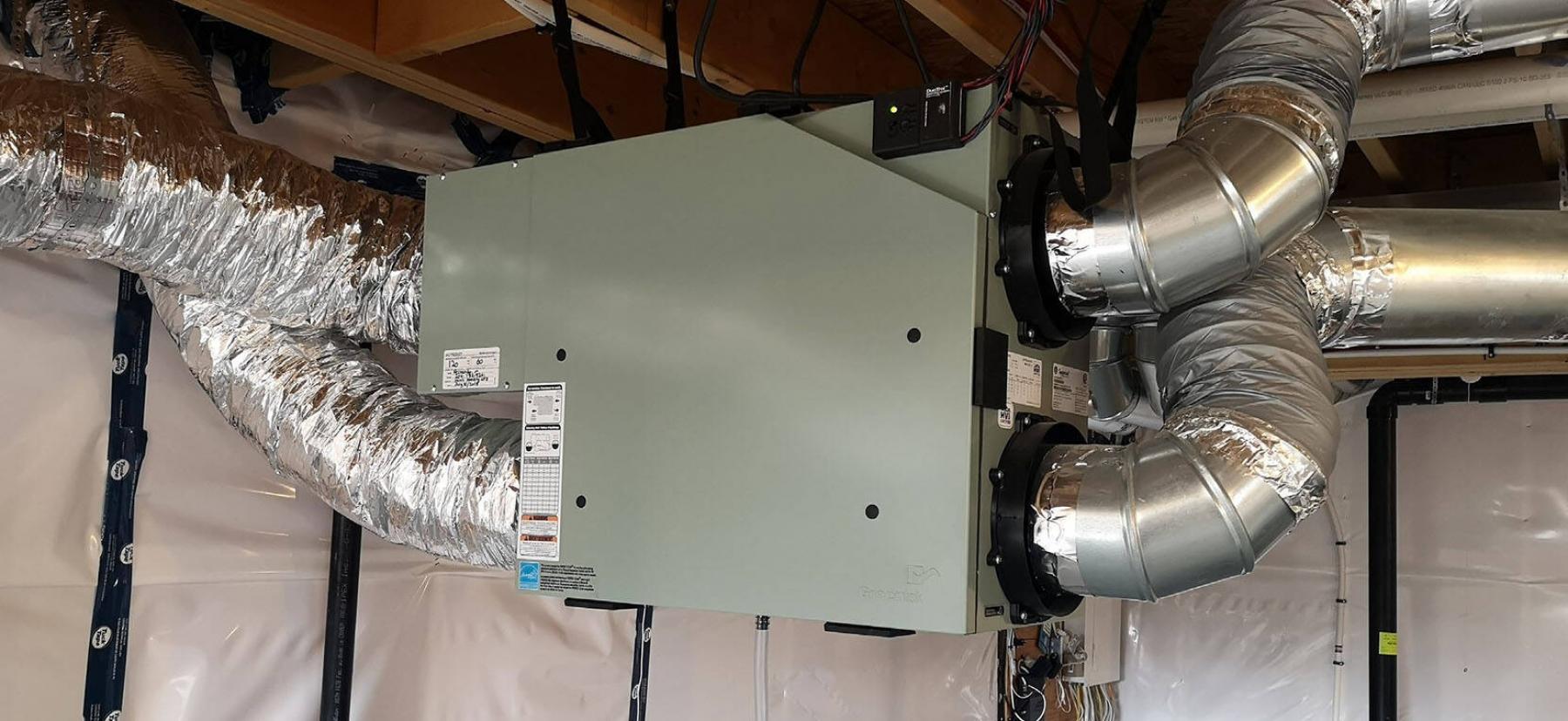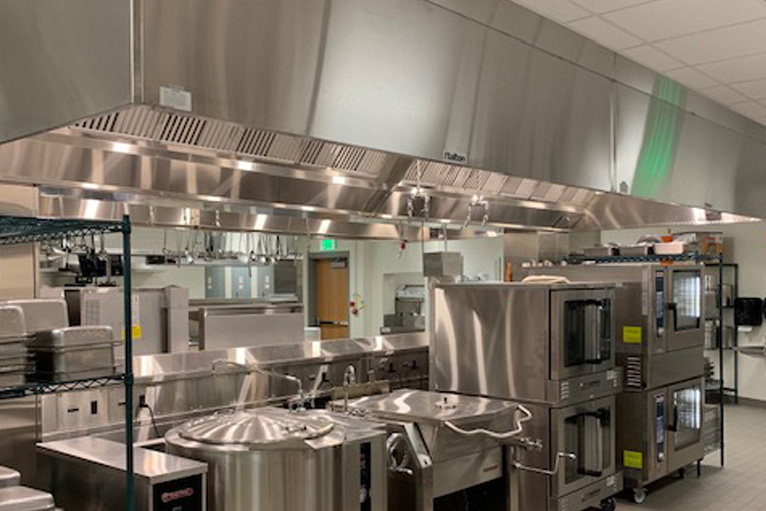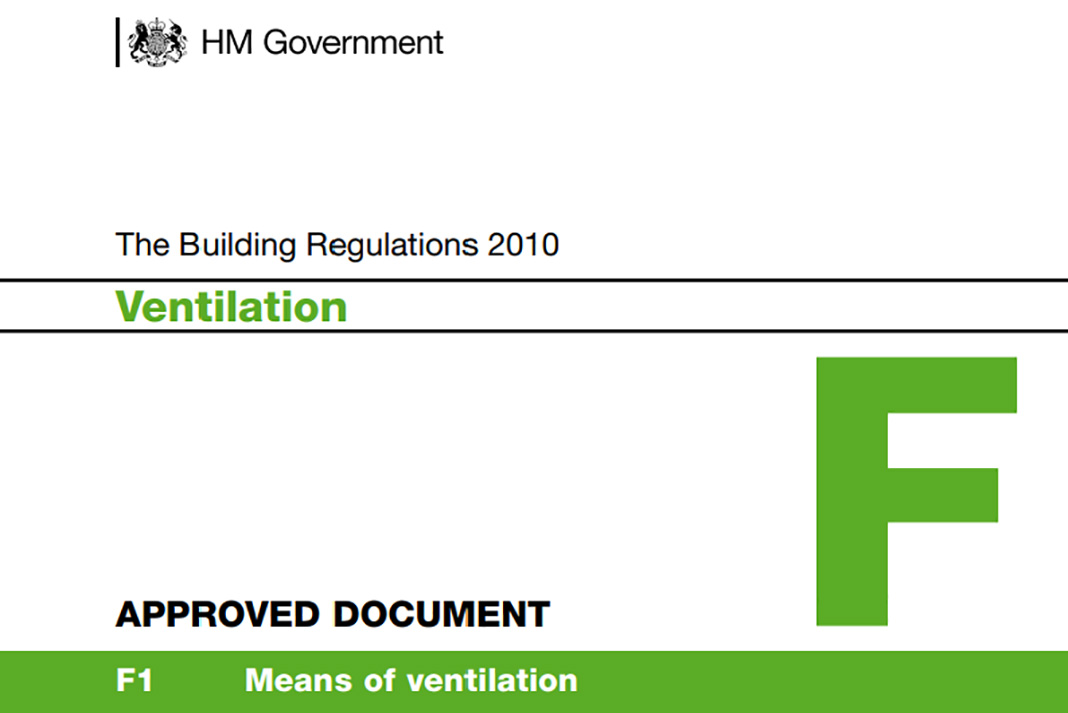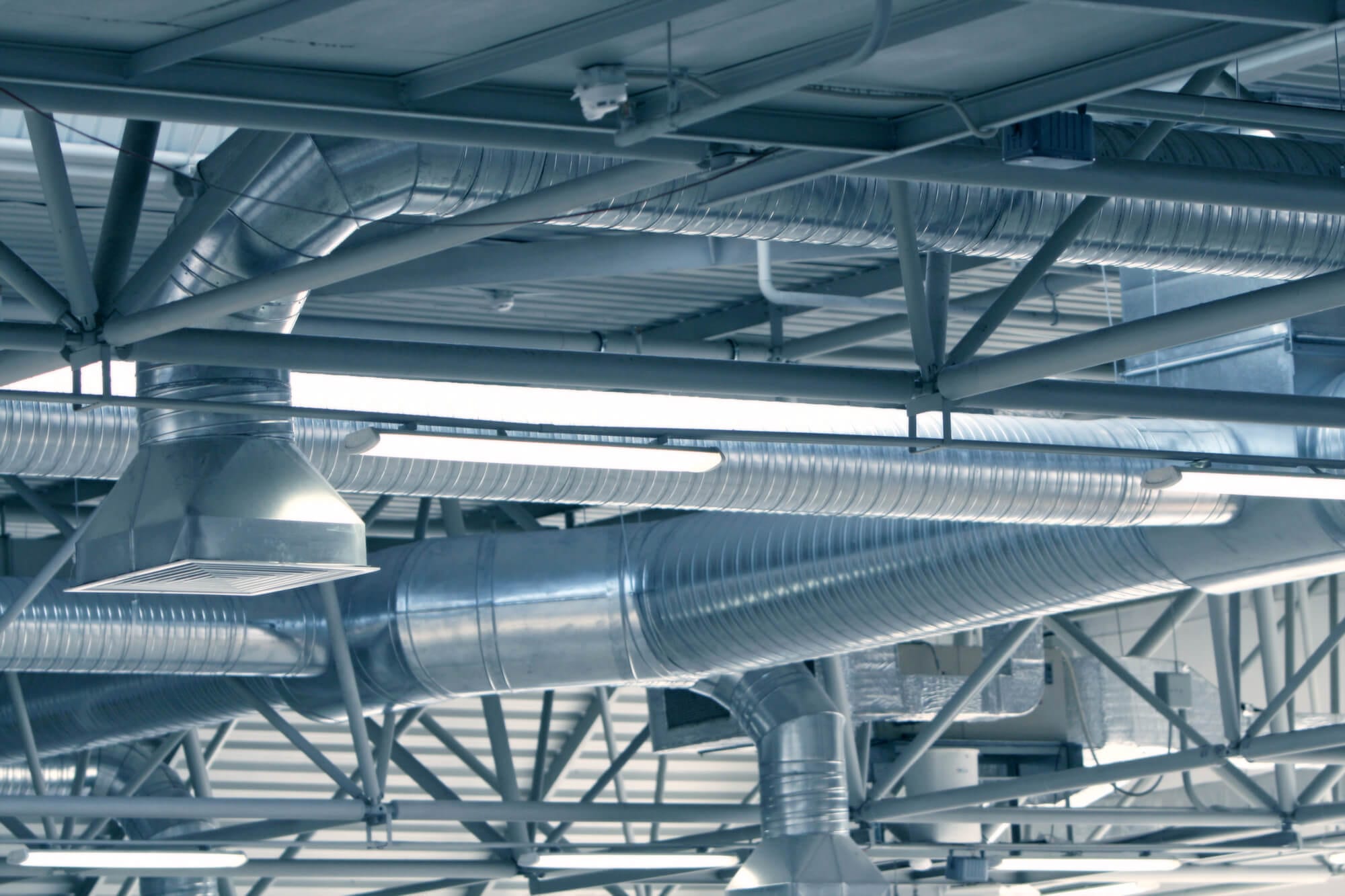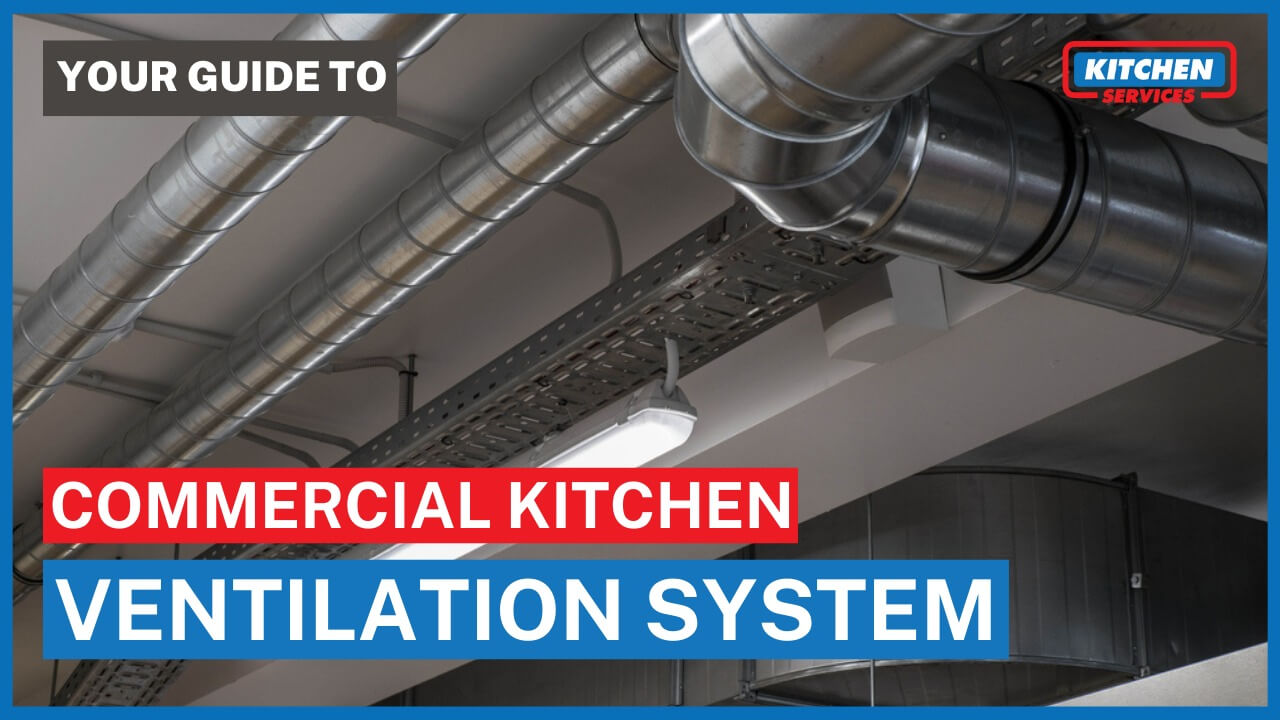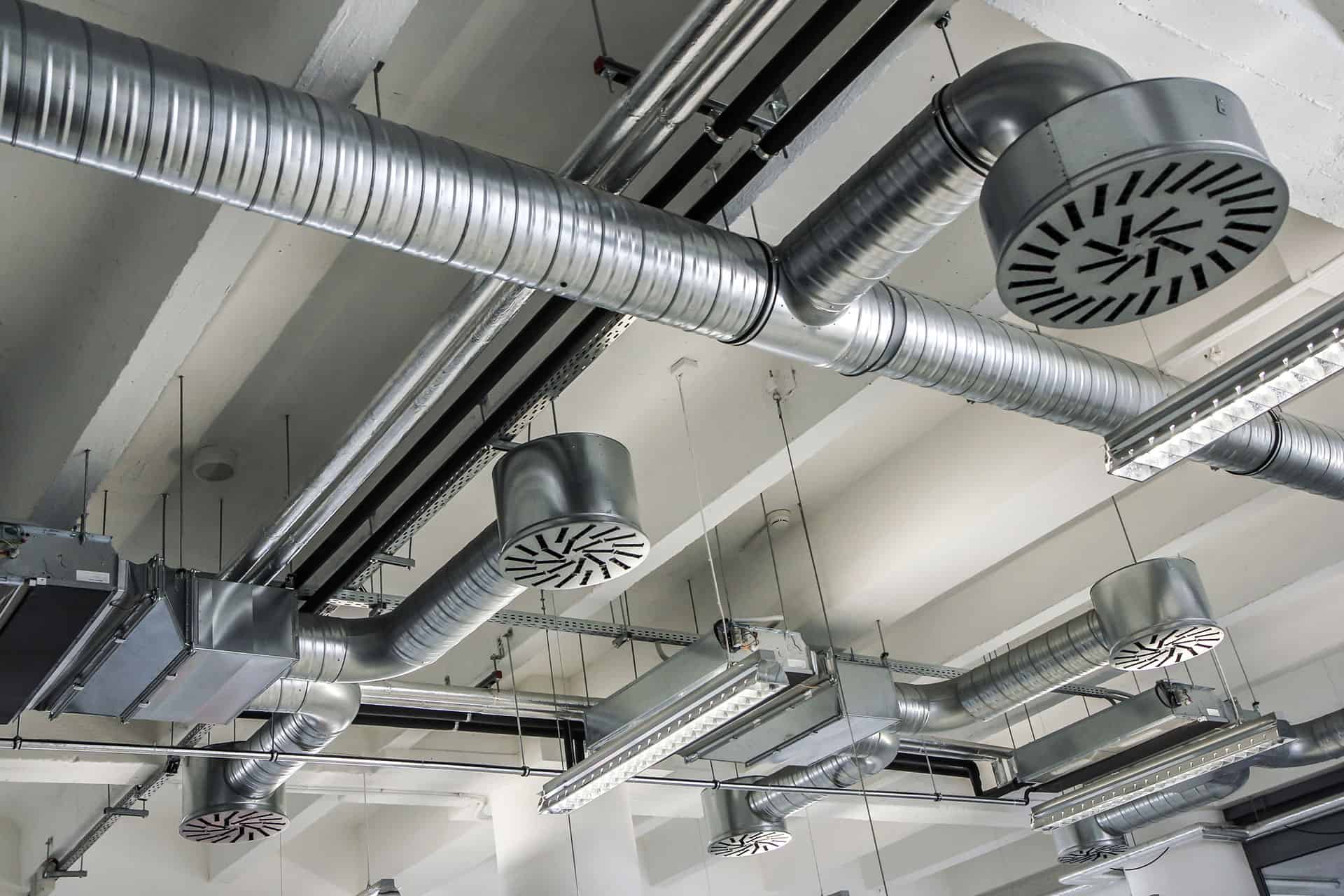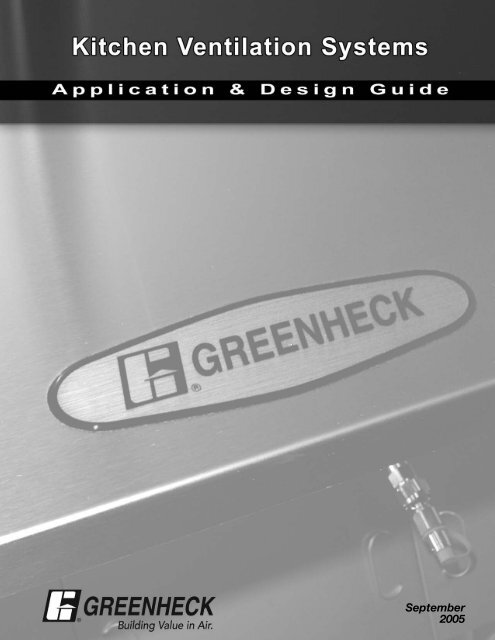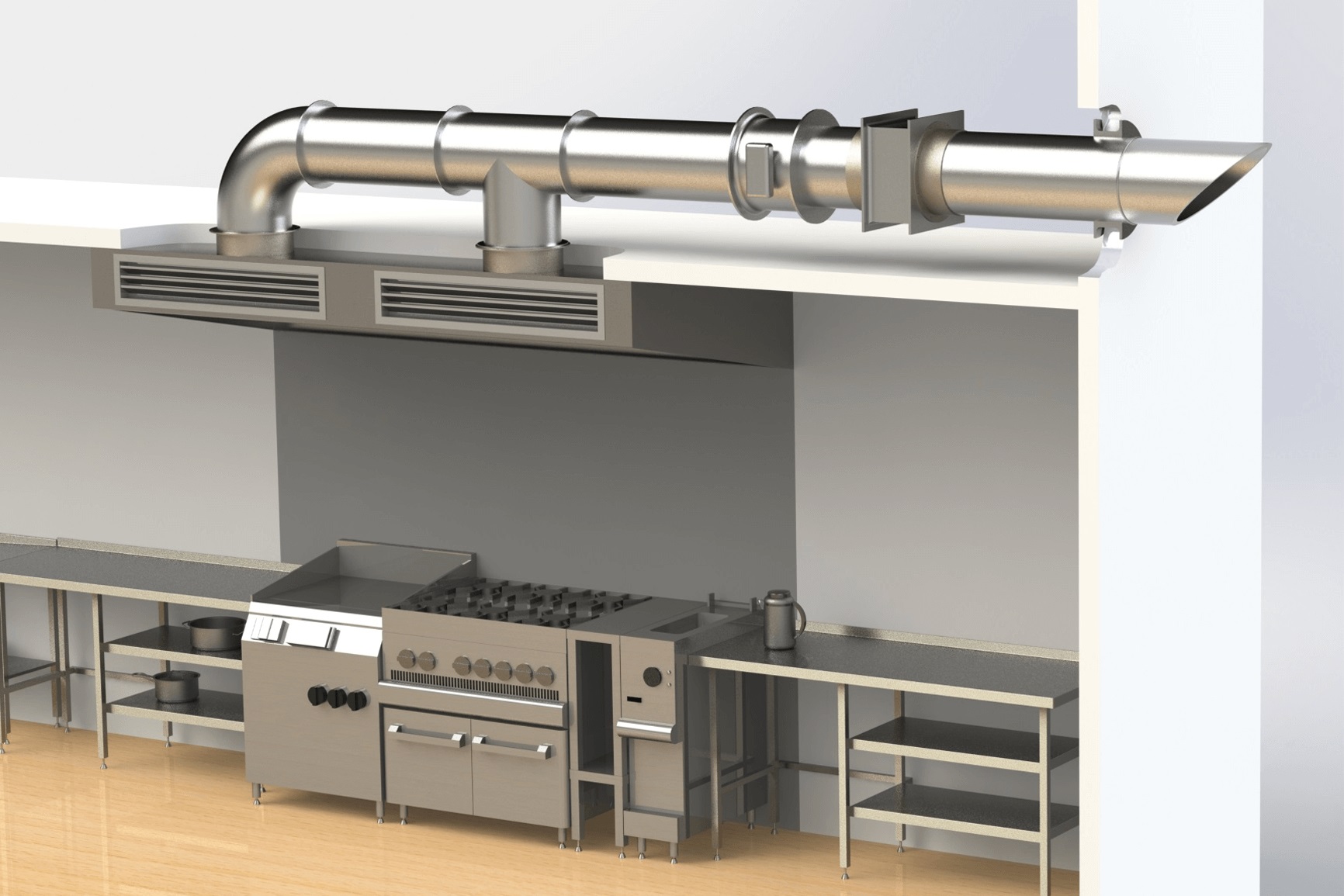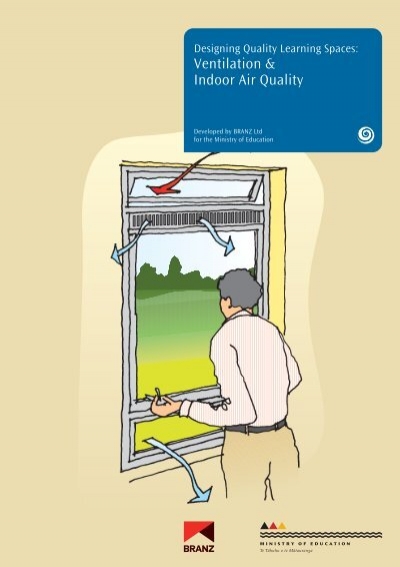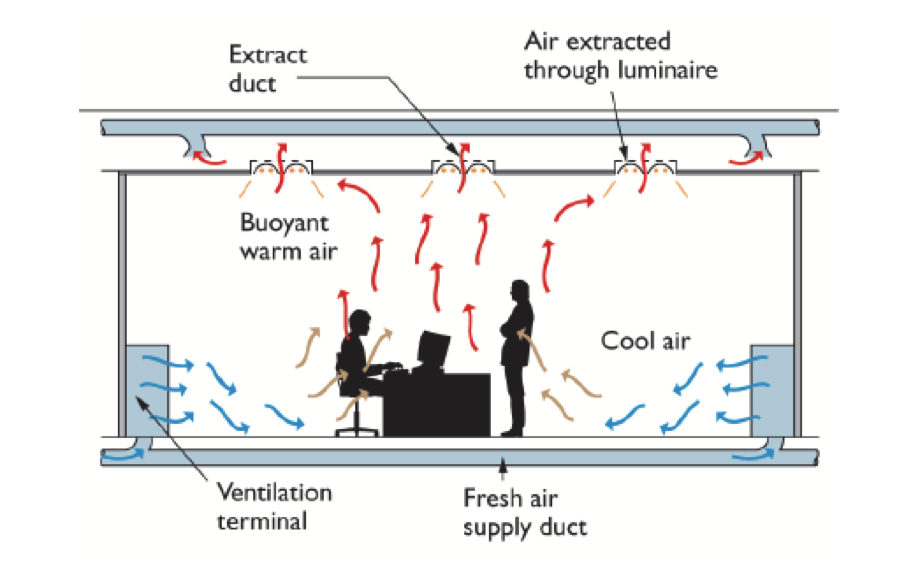1. Kitchen Ventilation Design: A Comprehensive Guide
Proper ventilation is essential in any kitchen, and domestic kitchens are no exception. With cooking and other activities producing smoke, steam, and other pollutants, it is crucial to have a well-designed ventilation system to maintain a healthy and comfortable indoor environment. In this comprehensive guide, we will explore the key elements of domestic kitchen ventilation design and how to create an efficient and effective system for your home.
2. Domestic Kitchen Ventilation: Best Practices
When it comes to ventilation, there are several best practices that homeowners should follow to ensure optimal air quality in their kitchens. These include proper placement and size of vents, use of high-quality filters, and regular maintenance. It is also important to consider the layout of your kitchen and the type of cooking appliances you use when designing your ventilation system.
3. The Importance of Proper Kitchen Ventilation
Proper kitchen ventilation is not just about removing unpleasant odors and smoke from your kitchen. It also plays a vital role in removing harmful pollutants and moisture, which can lead to mold and mildew growth. Poor ventilation can also cause a buildup of carbon monoxide and other gases, which can be dangerous for your health. Therefore, investing in a well-designed ventilation system is crucial for maintaining a safe and healthy home.
4. Designing an Efficient Kitchen Ventilation System
Designing an efficient kitchen ventilation system involves considering various factors, such as the size of your kitchen, the type of cooking you do, and the amount of ventilation required. It is also important to choose the right type of ventilation system, whether it be an overhead range hood, a downdraft system, or a combination of both. The system should also be properly sized to ensure optimal airflow and efficiency.
5. Domestic Kitchen Ventilation: Common Mistakes to Avoid
When it comes to designing a ventilation system for your kitchen, there are some common mistakes that homeowners should avoid. These include choosing the wrong type of ventilation system, improper placement of vents, and neglecting regular maintenance. It is also important to avoid using undersized or low-quality filters, which can greatly impact the effectiveness of your ventilation system.
6. Understanding Ventilation Requirements for Domestic Kitchens
The ventilation requirements for domestic kitchens will vary depending on the size and layout of your kitchen, as well as the type of cooking you do. For example, if you have a large kitchen with a lot of cooking activity, you may need a more powerful ventilation system compared to a small kitchen with minimal cooking. It is crucial to understand these requirements to ensure that your ventilation system is properly designed and meets your specific needs.
7. Choosing the Right Ventilation System for Your Kitchen
With various types of ventilation systems available, it can be overwhelming to choose the right one for your kitchen. It is important to consider factors such as the location of your cooktop or range, the type of cooking you do, and your budget. It is also beneficial to consult with a professional to determine the best ventilation system for your specific kitchen layout and needs.
8. Tips for Designing a Safe and Effective Kitchen Ventilation System
To ensure that your kitchen ventilation system is safe and effective, there are some tips that you should keep in mind. These include proper placement of vents, regular cleaning and maintenance, and using high-quality filters. It is also important to make sure that the ventilation system is properly sized and installed to prevent any potential hazards.
9. Domestic Kitchen Ventilation: Key Considerations for Design and Installation
When designing and installing a ventilation system for your kitchen, there are several key considerations to keep in mind. These include the type of ventilation system, the size and layout of your kitchen, the amount of cooking activity, and the location of your cooktop or range. It is also important to comply with local building codes and regulations to ensure a safe and effective ventilation system.
10. Improving Indoor Air Quality with Proper Kitchen Ventilation Design
Aside from removing unpleasant odors and smoke, a well-designed kitchen ventilation system can significantly improve the overall indoor air quality in your home. It helps remove harmful pollutants and moisture, creating a more comfortable and healthier living environment for you and your family. With proper design and installation, you can enjoy a fresh and clean kitchen every day.
The Importance of Proper Domestic Kitchen Ventilation Design

Creating a Healthy and Comfortable Living Space
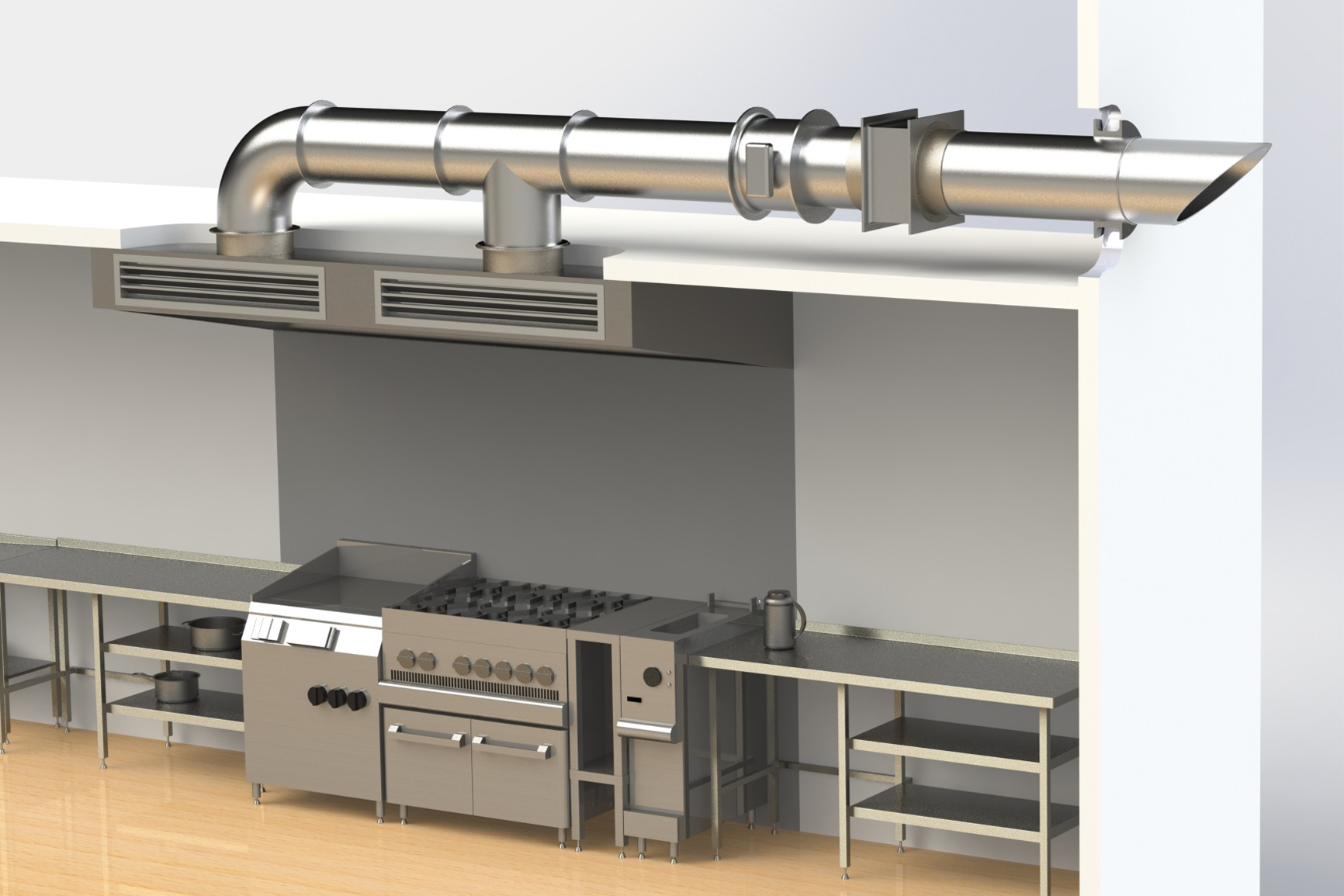 Proper ventilation is essential in any household, especially in the kitchen area where a significant amount of cooking and food preparation takes place. A well-designed domestic kitchen ventilation system not only improves the overall air quality in the house but also ensures a healthy and comfortable living space for the entire family. Without proper ventilation, cooking fumes, smoke, and odors can linger in the kitchen and spread throughout the house, resulting in an uncomfortable and potentially hazardous environment.
Indoor Air Quality
One of the main reasons for having a well-designed kitchen ventilation system is to maintain good indoor air quality. Cooking produces a variety of pollutants, including grease, steam, and smoke, which can quickly accumulate in an enclosed space without proper ventilation. These pollutants not only affect the air quality but can also cause health issues such as respiratory problems and allergies. A properly designed ventilation system helps to remove these pollutants and maintain a healthy and clean indoor environment for the household.
Preventing Mold and Mildew Growth
Poor ventilation in the kitchen can also lead to the growth of mold and mildew, which can be harmful to both the house structure and the health of the occupants. Steam and moisture from cooking can easily get trapped in a poorly ventilated kitchen, creating an ideal breeding ground for mold and mildew. These can cause damage to walls, ceilings, and other surfaces in the kitchen and can also trigger allergies and respiratory problems. A well-designed ventilation system helps to remove excess moisture and prevent the growth of mold and mildew.
Reducing Energy Costs
Proper ventilation in the kitchen can also help to reduce energy costs in the house. When cooking, the heat and steam produced can make the kitchen area feel hot and stuffy, causing the air conditioning to work harder. With a well-designed ventilation system, excess heat and moisture are removed, allowing the air conditioning to function more efficiently. This can result in lower energy bills and a more comfortable living space.
Proper ventilation is essential in any household, especially in the kitchen area where a significant amount of cooking and food preparation takes place. A well-designed domestic kitchen ventilation system not only improves the overall air quality in the house but also ensures a healthy and comfortable living space for the entire family. Without proper ventilation, cooking fumes, smoke, and odors can linger in the kitchen and spread throughout the house, resulting in an uncomfortable and potentially hazardous environment.
Indoor Air Quality
One of the main reasons for having a well-designed kitchen ventilation system is to maintain good indoor air quality. Cooking produces a variety of pollutants, including grease, steam, and smoke, which can quickly accumulate in an enclosed space without proper ventilation. These pollutants not only affect the air quality but can also cause health issues such as respiratory problems and allergies. A properly designed ventilation system helps to remove these pollutants and maintain a healthy and clean indoor environment for the household.
Preventing Mold and Mildew Growth
Poor ventilation in the kitchen can also lead to the growth of mold and mildew, which can be harmful to both the house structure and the health of the occupants. Steam and moisture from cooking can easily get trapped in a poorly ventilated kitchen, creating an ideal breeding ground for mold and mildew. These can cause damage to walls, ceilings, and other surfaces in the kitchen and can also trigger allergies and respiratory problems. A well-designed ventilation system helps to remove excess moisture and prevent the growth of mold and mildew.
Reducing Energy Costs
Proper ventilation in the kitchen can also help to reduce energy costs in the house. When cooking, the heat and steam produced can make the kitchen area feel hot and stuffy, causing the air conditioning to work harder. With a well-designed ventilation system, excess heat and moisture are removed, allowing the air conditioning to function more efficiently. This can result in lower energy bills and a more comfortable living space.
Conclusion
 In conclusion, proper domestic kitchen ventilation design is crucial for creating a healthy and comfortable living space. It helps to maintain good indoor air quality, prevent the growth of mold and mildew, and reduce energy costs. When designing a kitchen ventilation system, it is essential to consider factors such as the size and layout of the kitchen, the type of cooking that will be done, and the overall house design to ensure the best results. Investing in a well-designed ventilation system is not only beneficial for the household's health and well-being but also adds value to the house as a whole.
In conclusion, proper domestic kitchen ventilation design is crucial for creating a healthy and comfortable living space. It helps to maintain good indoor air quality, prevent the growth of mold and mildew, and reduce energy costs. When designing a kitchen ventilation system, it is essential to consider factors such as the size and layout of the kitchen, the type of cooking that will be done, and the overall house design to ensure the best results. Investing in a well-designed ventilation system is not only beneficial for the household's health and well-being but also adds value to the house as a whole.

